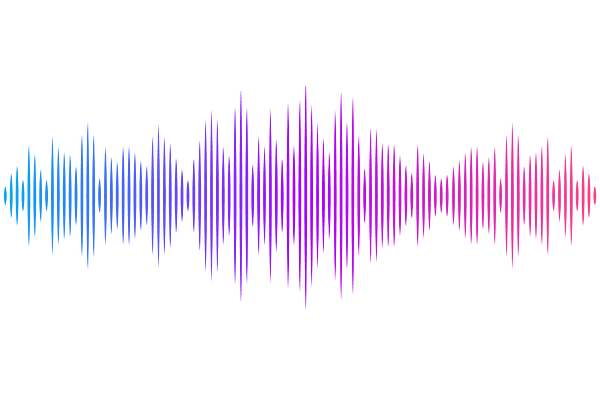Structural and biochemical characterization of LIG1 during mutagenic nick sealing of oxidatively damaged ends at the final step of DNA repair

Structural and biochemical characterization of LIG1 during mutagenic nick sealing of oxidatively damaged ends at the final step of DNA repair
Almohdar, D.; Balu, K. E.; Ratcliffe, J.; Tang, Q.; Parwal, T.; Caglayan, M.
AbstractDNA ligase 1 (LIG1) joins broken strand-breaks in the phosphodiester backbone to finalize DNA repair pathways. We previously reported that LIG1 fails on nick repair intermediate with 3\'-oxidative damage incorporated by DNA polymerase (pol) {beta} at the downstream steps of base excision repair (BER) pathway. Here, we determined X-ray structures of LIG1/nick DNA complexes containing 3\'-8oxodG and 3\'-8oxorG opposite either a templating Cytosine or Adenine and demonstrated that the ligase active site engages with mutagenic repair intermediates during steps 2 and 3 of the ligation reaction referring to the formation of DNA-AMP intermediate and a final phosphodiester bond, respectively. Furthermore, we showed the mutagenic nick sealing of DNA substrates with 3\'-8oxodG:A and 3\'-8oxorG:A by LIG1 wild-type, immunodeficiency disease-associated variants, and DNA ligase 3 (LIG3) in vitro. Finally, we observed that LIG1 and LIG3 seal resulting nick after an incorporation of 8oxorGTP:A by pol{beta} and AP-Endonuclease 1 (APE1) can clean oxidatively damaged ends at the final steps. Overall, our findings uncover a mechanistic insight into how LIG1 discriminates DNA or DNA/RNA junctions including oxidative damage and a functional coordination between the downstream enzymes, pol{beta}, APE1, and BER ligases, to process mutagenic repair intermediates to maintain repair efficiency.